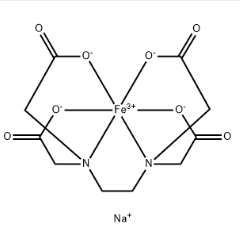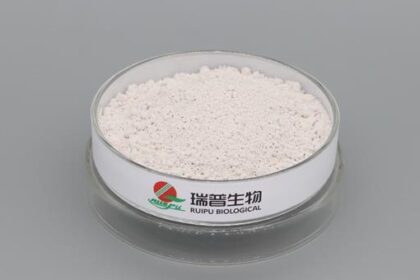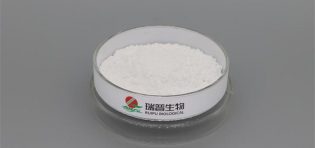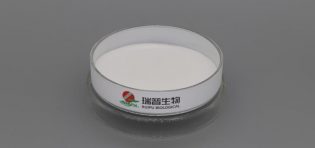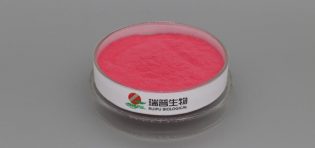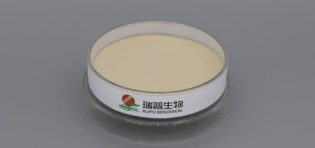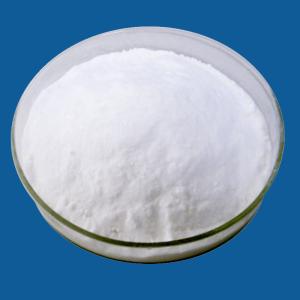
The impact of storage temperature on vitamin premixes is significant and is mainly reflected in the following aspects:
1. Accelerated Oxidation and Degradation of Vitamins
Vitamins, especially those that are more heat-sensitive (such as vitamins A, E, K, etc.), are prone to oxidation and degradation reactions in high-temperature environments. As storage temperature increases, the rate at which these vitamins are degraded accelerates, leading to reduced activity and even complete loss of effectiveness.
2. Impact on Vitamin Stability
Temperature is one of the key factors affecting the stability of vitamins. Under low-temperature conditions, the rate of vitamin degradation is slower, allowing for higher stability. Conversely, high temperatures can accelerate chemical reactions between vitamin molecules, resulting in decreased stability. For example, studies have shown that after two and a half years of storage at 10°C, 15°C, and 20°C, the activity of vitamin A was 79.2%, 72.5%, and 61.7%, respectively, indicating that as temperature increases, the activity of vitamin A significantly decreases.
3. Promotion of Chemical Reactions
High temperatures not only accelerate the oxidation and degradation of vitamins themselves but may also promote chemical reactions between other components in the premix and the vitamins. These reactions can alter the structure of the vitamins, thereby affecting their bioavailability and effectiveness.
4. Supporting Cases and Data
With the extension of storage time, vitamins in premixes exhibit varying degrees of loss. At higher temperatures (such as room temperature or above), the rate of vitamin loss significantly increases. Reports indicate that under storage conditions at 25°C, the monthly loss rate of vitamins in premixes can reach 14%, with different types of vitamins showing varying loss rates. For example, the average monthly loss rates for vitamins A, E, K3, and B1 are as high as 9.5%, 17%, 15%, and 30%, respectively.
Under high-temperature and high-humidity conditions, the loss rates of vitamins A and B6 in premixes containing choline chloride can reach as high as 100% and 62.32%, respectively, which are much higher than the loss rates under low-humidity conditions.
5. Recommended Storage Temperature
To maintain the stability and effectiveness of vitamin premixes, it is recommended to store them in a low-temperature environment, ideally below 15°C, and not exceeding 25°C. Additionally, controlling the humidity and light exposure of the storage environment is essential to further reduce vitamin loss.
The impact of storage temperature on vitamin premixes cannot be ignored. To ensure the stability and effectiveness of vitamins in premixes, it is crucial to strictly control storage temperatures and take appropriate measures to minimize the influence of other adverse factors.

